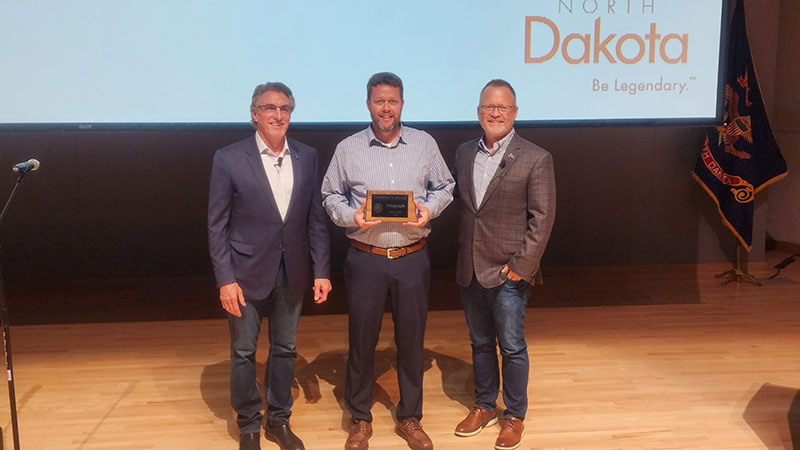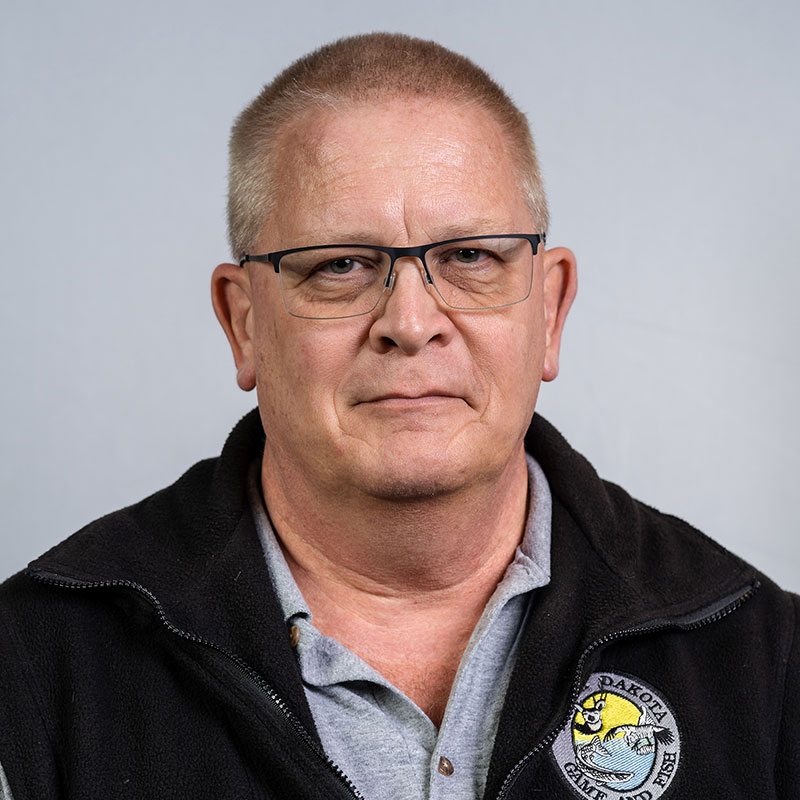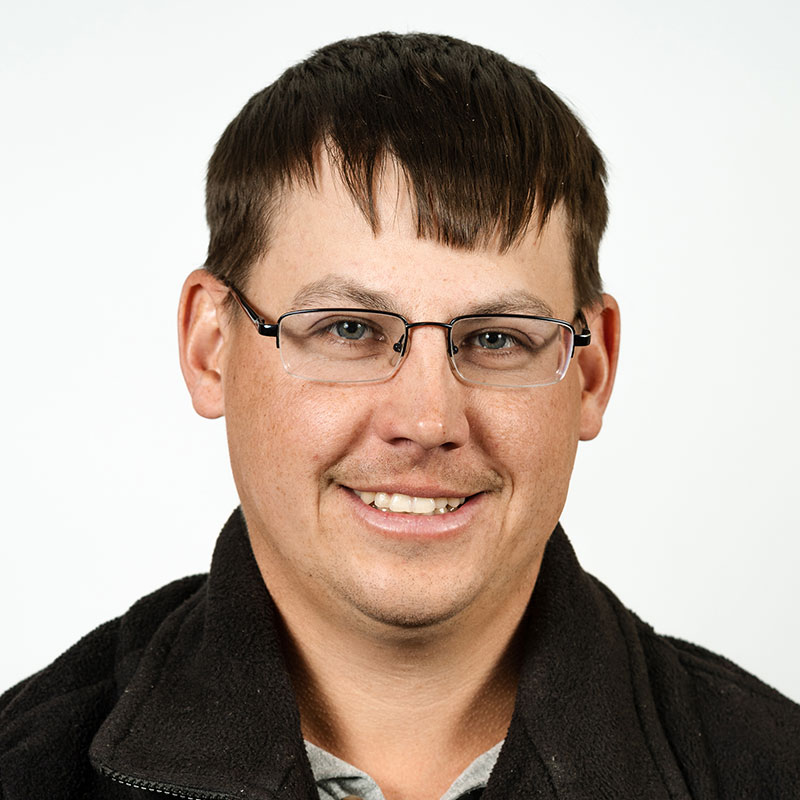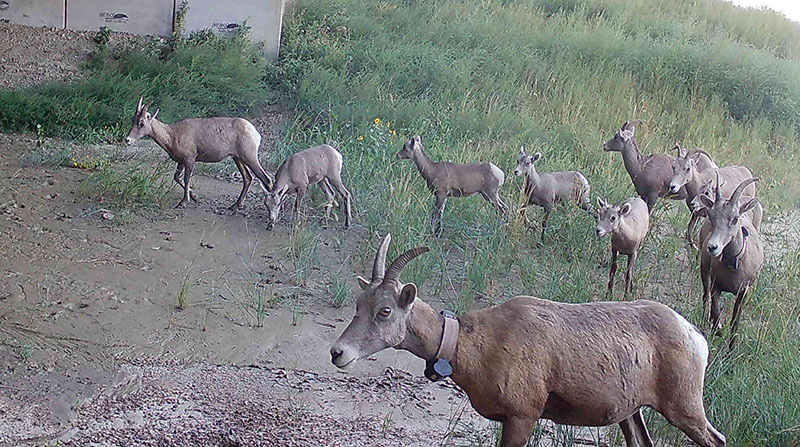
Buffaloberry Patch
Upland Game Brood Survey Results
North Dakota’s late summer roadside surveys indicated pheasant and gray partridge were up from last year, while sharp-tailed grouse numbers were down.
Jesse Kolar, Game and Fish Department upland game supervisor, said the annual upland counts showed mixed results.
“We observed an increase in pheasant and partridge densities and reproductive rates with average brood size and age ratios, while sharptails decreased in density but had improved reproductive rates from 2021,” he said.
Motorists Warned to Watch for Deer
Motorists should watch for deer along roadways this time of year as juvenile animals disperse from their home ranges.
October through early December is the peak period for deer-vehicle accidents. Motorists are advised to slow down and exercise caution after dark to reduce the likelihood of encounters with deer along roadways. Most deer-vehicle accidents occur primarily at dawn and dusk when deer are moving around.
Motorists should be aware of warning signs signaling deer are in the area. When you see one deer cross the road, look for a second or third deer to follow. Also, pay attention on roadways posted with Deer Crossing Area caution signs.
Deer-vehicle accidents are at times unavoidable. If an accident does happen, law enforcement authorities do not have to be notified if only the vehicle is damaged. However, if the accident involves personal injury or other property damage, then it must be reported.
In addition, a permit is required to take parts or the whole carcass of road-killed deer. Permits are free and available from Department game wardens and local law enforcement offices.
A few precautions can minimize chances of injury or property damage in a deer-vehicle crash.
- Always wear your seat belt.
- Don’t swerve or take the ditch to avoid hitting a deer. Try to brake as much as possible and stay on the roadway. Don’t lose control of your vehicle or slam into something else to miss the deer. You risk less injury by hitting the deer.
- If you spot deer ahead, slow down immediately and honk your horn.
Check Boat Lifts, Docks for ANS
Order 2023 OUTDOORS Calendars
The North Dakota Game and Fish Department is taking orders for its North Dakota OUTDOORS calendar, the source for all hunting season and application dates for 2023. Along with color photographs of North Dakota wildlife and outstanding scenery, it also includes sunrise-sunset times and moon phases.
To order online, visit the Game and Fish website, gf.nd.gov., or send $3 for each, plus $1 postage, to: Calendar, North Dakota Game and Fish Department, 100 N. Bismarck Expressway, Bismarck, ND 58501-5095. Be sure to include a three-line return address with your order, or the post office may not deliver our return mailing.
The calendar is the magazine’s December issue, so current subscribers will automatically receive it in the mail.
Hunting from Duck Boats Safely
Waterfowlers hunting from boats are encouraged to wear properly fitted life jackets while on the water.
Hunting jackets with built-in life jackets are light and comfortable to wear. In addition, wearing a life jacket will not only keep the overboard hunter afloat, but also slows the loss of critical body heat caused by exposure to cold water.
Capsizing and falling overboard from small boats are the most common types of fatal boating accidents for hunters.
Prepping for the Deer Gun Season
With North Dakota’s deer gun season opening in early November, many hunters will be looking for a place to sight in their firearms to get ready for the season.
The North Dakota Game and Fish Department manages five gun ranges on wildlife management areas in the state, and also partners with many local clubs around North Dakota to offer many other public shooting facilities.
The gun ranges managed by the Game and Fish Department include:
- Lewis and Clark WMA, located 6 miles southwest of Williston.
- Little Heart (Schmidt) Bottoms, located 12 miles south of Mandan off ND Highway 1806.
- MacLean Bottoms, located 2 miles south of ND Highway 1804, about 15 miles southeast of Bismarck.
- Riverdale WMA, located 2 miles southwest of Riverdale.
- Wilton Mine WMA, located 2 miles east of Wilton.
The Department may periodically close these ranges for routine maintenance and improvements. The status of each range can be found on the Department’s website at gf.nd.gov. The website also provides a detailed listing of other shooting facilities in North Dakota.
Permit Required to Possess Dead Deer
North Dakota Game and Fish Department enforcement personnel issues a reminder that a permit is required before taking possession of a dead deer found near a road or in a field.
Only shed antlers can be possessed without a permit.
Permits to possess are free and available from game wardens and local law enforcement offices.
In addition, hunters are reminded to properly dispose of dead deer. Deer carcasses cannot be left on the side of a roadway or in a ditch, and deer parts cannot be discarded in commercial dumpsters.
Whooping Crane Migration
Whooping cranes are in the midst of their fall migration and sightings will increase as they make their way into and through North Dakota over the next several weeks. Anyone seeing these endangered birds as they move through the state is asked to report sightings so the birds can be tracked.
The whooping cranes that do make their way through North Dakota each fall are part of a population of about 500 birds that are on their way from nesting grounds at Wood Buffalo National Park in Canada to wintering grounds at Aransas National Wildlife Refuge in Texas, a distance of about 2,500 miles.
Whoopers stand about five feet tall and have a wingspan of about seven feet from tip to tip. They are bright white with black wing tips, which are visible only when the wings are outspread. In flight they extend their long necks straight forward, while their long, slender legs extend out behind the tail. Whooping cranes typically migrate singly, or in groups of 2-3 birds, and may be associated with sandhill cranes.
Other white birds such as snow geese, swans and egrets are often mistaken for whooping cranes. The most common misidentification is pelicans, because their wingspan is similar, and they tuck their pouch in flight, leaving a silhouette like a crane when viewed from below.
Anyone sighting whoopers should not disturb them, but record the date, time, location and the birds’ activity. Observers should also look closely for and report colored bands which may occur on one or both legs. Whooping cranes have been marked with colored leg bands to help determine their identity.
Whooping crane sightings should be reported to the U.S. Fish and Wildlife Service offices at Lostwood, 701-848-2466; Audubon, 701-442-5474; the North Dakota Game and Fish Department, 701-328-6300; or to local game wardens across the state. Reports help biologists located important whooping crane habitat areas, monitor marked birds, determine survival and population numbers, and identify times and migration routes.








